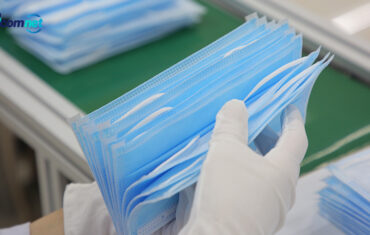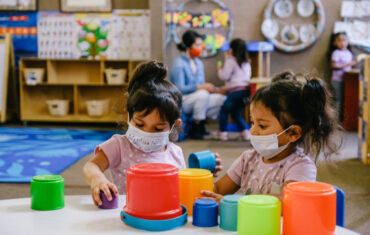One of the best ways that athletes can do this is to wear face masks to reduce the risk of spreading COVID-19 through respiratory droplets. It is important that families of young athletes understand their risk and know how to protect themselves. Face masks help young athletes protect their teammates and themselves. They also help protect the sports season. Whenever safe and possible, athletes should wear a face mask. Exceptions include when they are actively exercising.
Athletes should wear a face mask over the nose and mouth when:
- On the sideline bench or in dugouts.
- Participating in team chats.
- Going to and from the field, court, gym, pool, etc.
Face masks are particularly important when:
- It is not possible to stay at least 6 feet apart.
- Indoors.
Face masks should never be worn when performing:
- Water sports.
- Sports where coverings could pose an injury risk due to getting caught on equipment or accidentally covering eyes.
Make masks a habit
Wearing a cloth face mask may feel different at first. Here are some ways you can help your kids get used to them:
- Find face masks that your child can put on and take off themselves. Make sure it covers their nose and mouth and is comfortable for them to wear.
- Have your child practice wearing it while doing drills or playing their sport before the season starts.
- Have a special place to store the cloth face covering. For example, your child might keep it in the same spot in their sports bag when they are not wearing it.
- Just like you should sanitize sports equipment before and after each use, wash cloth face mask daily in hot water.
- Do not reuse them until they have been cleaned.
Coaches and spectators are also encouraged to protect themselves and others by wearing a cloth face mask. By doing this, they are also setting a good example for young athletes. Coaches should wear face masks when interacting with athletes. Spectators should wear face masks, especially when indoors or when physical distance of 6 feet cannot be maintained.






